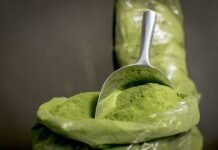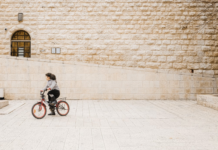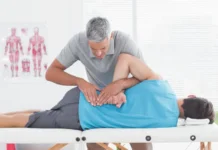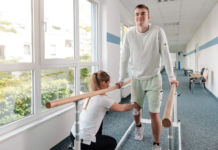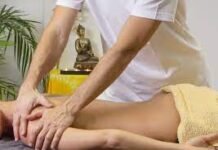Last Updated on March 12, 2024 by admin
Androgenic alopecia is a chronic hair loss disorder characterized by progressive hair loss. It can affect up to 80% of white men and 40% of women. If you’ve started losing your hair, don’t lose your head! Instead, consider PRP hair restoration therapy. What is PRP, exactly, and how can it help? Keep reading to find out! After reading this guide, you can determine if hair restoration therapy is right for you. Starting treatment right away can get your hair growing back in no time.
Read on to learn more about PRP therapy today!
Table of Contents
What is PRP?
First, let’s answer the question that likely brought you here: what is PRP hair and restoration therapy?
PRP stands for platelet-rich plasma. It’s a medical treatment that involves drawing and processing your blood. It’s then injected into your scalp to trigger natural hair growth.
PRP injections could increase blood supply to your hair follicles. Treatment could increase the hair shaft thickness to promote hair growth.
Treatment involves a three-part process.
First, a doctor will draw your blood and place it in a centrifuge. The centrifuge will spin the blood to separate fluids by:
- Red blood cells
- Platelet-rich plasma
- Platelet-poor plasma
The platelet-rich plasma is placed in a syringe. Then, it’s injected in areas of your scalp that need more hair growth.
In one study, men with male-pattern baldness saw 30% more growth in thinning areas after treatment. Participants in another study saw increased hair and density. PRP hair restoration treatment could regrow 30 to 40% of the hair you’ve lost.
Side Effects
Before researching “PRP hair restoration near me,” talk to your doctor about potential side effects.
Remember, hair restoration therapy involves using your own blood. You won’t have to worry about communicable diseases. However, injections could cause:
- Infection
- Scar tissue
- Injury to nerves or blood vessels
- Calcification at injection points
Make sure to find an experienced provider before starting treatment.
Costs
How much does PRP hair restoration cost?
Your provider might recommend three treatments within the span of a month or six weeks. You might require maintenance treatments every four to six months.
Usually, the cost for PRP ranges between $1,500 and $3,500 for your first three treatments. You might need to pay $400 for every additional injection. You can contact the Barber Surgeons Guild to determine the cost of treatment in your area.
The cost can vary based on your provider’s experience and geographic location. The quality of the equipment they use can impact the cost, too.
Most insurance plans won’t cover the cost of treatment. Consider consulting your insurance provider first.
PRP Hair Restoration: Your Option for Longer, Healthier Locks
Is PRP hair restoration right for you? Consider finding a provider in your area. They’ll determine if you’re an ideal candidate for treatment.
With hair restoration therapy, you can regrow your lost hair and discover longer, healthier locks this year.
Searching for more helpful tips, tricks, and guides? You’ve come to the right place.
Check out our latest articles today for more useful advice.
Read More: Does deep tissue massage hurt
Apart from that, if you are interested to know about How to Stop Alopecia Areata from Spreading then visit our Health category.

